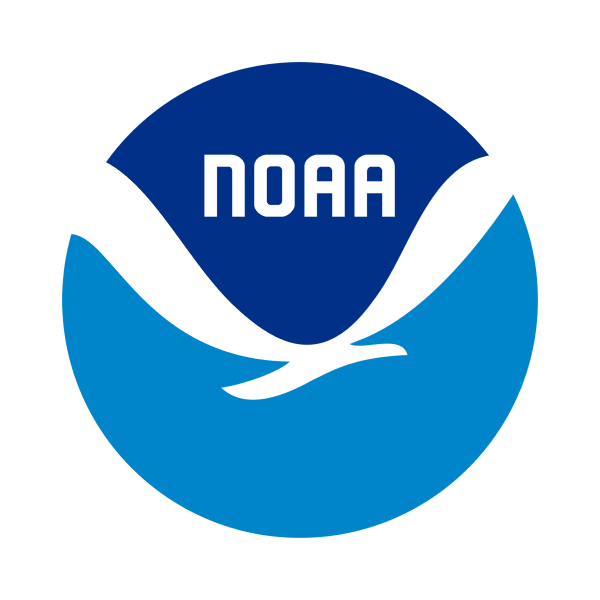Hawai‘i Marine Animal Response reduced the negative impacts of marine debris on protected marine species and coastal habitats of O‘ahu through the detection and removal of derelict recreational fishing gear.
Type of Project: Removal
Region: Pacific Islands
Project Dates: September 2020 - August 2021
Who was involved?
Hawaii Marine Animal Response (HMAR), in partnership with the U.S. Fish and Wildlife Service, Hawai‘i State Department of Land and Natural Resources, NOAA Marine Debris Program, and local dive shops, removed recreational fishing gear from the shorelines and nearshore waters of O‘ahu through their BEAT DEBRIS program.
What was the project and why was it important?
Data collected during HMAR field activity and rescue reports showed that approximately 40% of Hawaiian monk seal rescues and 25% of sea turtle rescues conducted by HMAR have been related to the entanglement and ingestion of recreational fishery gear. This removal project was geared to prevent protected marine wildlife from further interacting with this debris by removing derelict recreational fishing gear and restoring near-shore coral reef habitats.
To accomplish the mission, HMAR staff and volunteers utilized three main approaches: 1) managed fishing line recycling bins onshore to encourage responsible disposal; 2) conducted snorkel and SCUBA surveys and removal dives from the shoreline; 3) engaged with community in formal and informal settings to encourage stewardship; and 4) established a citizen science project, BEAT DEBRIS, where members of the public could report all debris collected during diving activity.
What were the results?
The HMAR team exceeded all of the project’s initial goals. They trained 55 divers and conducted 62 cleanup dives at 34 dive sites. Through these efforts they removed 787 pounds of debris and 13,560 feet of fishing line. The ecological benefits from the project work towards a sustained ocean for future generations of local residents.
HMAR’s education team also created outreach materials and a marine debris learning guide for teachers for use in classrooms. They participated in 11 classroom presentations, which engaged222 students, and 10 public outreach presentations that engaged 430 community members.
For more information about this project, visit the Marine Debris Program Clearinghouse.
 An official website of the United States government.
An official website of the United States government. 
